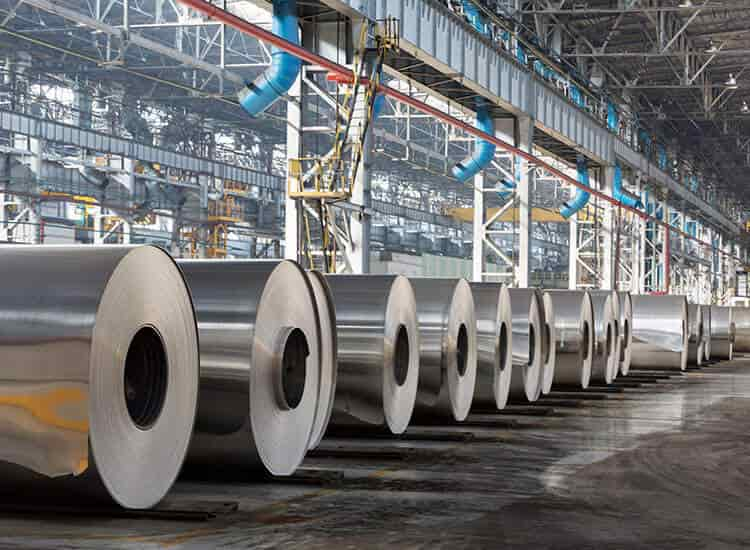Sure, here’s the processed :
In today’s rapidly evolving industrial landscape, the integration of datadriven approaches has revolutionized various sectors, including procurement in the steel industry. Traditional procurement methods are giving way to more sophisticated techniques harnessing the power of big data. This shift not only enhances efficiency but also opens new avenues for strategic decisionmaking.
Understanding DataDriven Procurement
Datadriven procurement utilizes advanced analytics and realtime data to optimize purchasing processes. In the context of steel procurement, this means leveraging data from multiple sources such as supplier databases, market trends, historical pricing, and even weather patterns affecting logistics. By analyzing this wealth of information, procurement teams can make informed decisions that minimize costs, reduce risks, and improve overall supply chain resilience.
Key Benefits of Big Data in Steel Procurement
1. Predictive Analytics: Big data enables predictive modeling, forecasting demand fluctuations, and anticipating market trends. For steel procurement, this translates to better inventory management and strategic sourcing.
2. Supplier Relationship Management: Analyzing supplier performance metrics and historical data fosters stronger partnerships. Procurement teams can identify reliable suppliers, negotiate better terms, and mitigate supply chain disruptions effectively.
3. Cost Optimization: Realtime data analytics helps in identifying costsaving opportunities. Whether through volume discounts, optimizing transportation routes, or identifying alternative sourcing options, big data empowers procurement to achieve significant cost efficiencies.
Case Study: Implementing Big Data in Steel Procurement
Consider a steel manufacturing company that traditionally relied on manual procurement processes. By integrating big data analytics, the company gained insights into global steel market dynamics, supplier reliability metrics, and price volatility trends. This allowed them to negotiate better contracts, streamline inventory levels, and improve delivery timelines.
Challenges and Considerations
While the benefits are clear, adopting a datadriven approach in procurement requires overcoming several challenges:
Data Integration: Consolidating data from disparate sources into a unified platform can be complex.
Data Quality: Ensuring data accuracy and reliability is crucial for making informed decisions.
Skill Gap: Procurement teams need training to effectively leverage data analytics tools and interpret insights.
Future Trends and Outlook
Looking ahead, advancements in artificial intelligence (AI) and machine learning will further enhance the capabilities of datadriven procurement. Predictive algorithms will become more sophisticated, offering realtime insights and automated decision support systems. Additionally, blockchain technology holds promise in improving transparency and traceability across the steel supply chain.
big data is reshaping steel procurement by empowering organizations to make smarter, databacked decisions. By harnessing the power of advanced analytics, companies can navigate market uncertainties, optimize costs, and build resilient supply chains. As the industry continues to evolve, embracing datadriven strategies will be crucial for staying competitive and driving sustainable growth in the global steel market.




